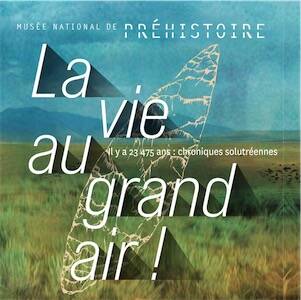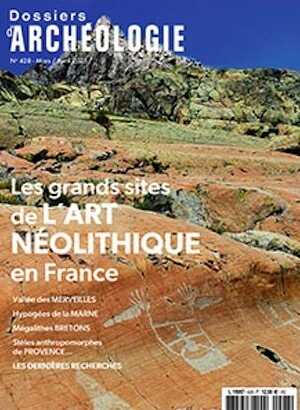- Search
- Advanced search

The Idea of Order. The Circular Archetype in Prehistoric Europe, 2012, 296 p. -
The author investigates the idea of circular buildings - whether houses or public architecture - which, though unfamiliar in the modern West, were a feature of many parts of prehistoric Europe. Why did so many people build circular monuments? Why did they choose to live in circular houses, when other communities rejected them? Why was it that those who preferred to inhabit a world of rectangular dwellings often buried their dead in round mounds and worshipped their gods in circular temples? Why did people who lived in roundhouses decorate their pottery and metalwork with rectilinear motifs, and why was it that the inhabitants of longhouses placed so much emphasis on curvilinear designs? Although their distinctive character has engaged the interest of alternative archaeologists, the significance of circular structures has rarely been discussed in a rigorous manner. The Idea of Order uses archaeological evidence, combined with insights from anthropology, to investigate the creation, use, and ultimate demise of circular architecture in prehistoric Europe. Concerned mainly with the prehistoric period from the origins of farming to the early first millennium AD, but extending to the medieval period, the volume considers the role of circular features from Turkey to the Iberian Peninsula and from Sardinia through Central Europe to Sweden. It places emphasis on the Western Mediterranean and the Atlantic coastline, where circular dwellings were particularly important, and discusses the significance of prehistoric enclosures, fortifications, and burial mounds in regions where longhouse structures were dominant.
Référence : 43614.
English
84,00 €
In the same Epoch
New

La vie au grand air ! Il y a 23 475 ans : chroniques solutréennes, (cat. expo. Musée national de Préhistoire, Les Eyzies, oct. 2024 - mai 2025), 2024,...
Réf : 57844.
French
29,00 €
New

Dossiers d'Archéologie n°428, Mars-Avril 2025. Les grands sites de l'art néolithique.
Réf : 57780.
French
12,00 €


